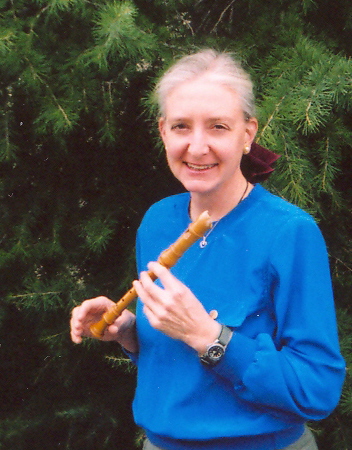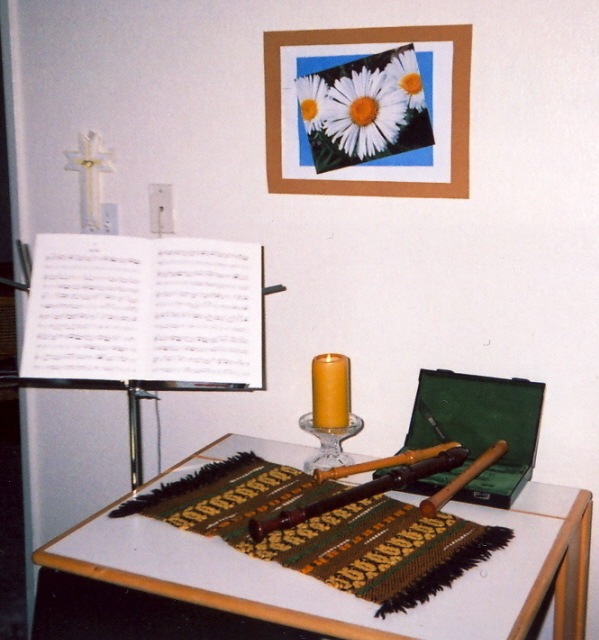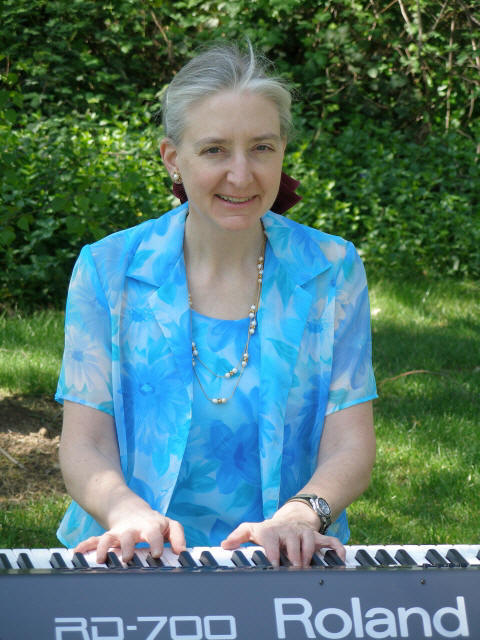Performance & Instruction:
Kay Hettich
![]()
HOMEPAGE

![]()
PERFORMANCE
Music for Weddings,
Parties
& Special Occasions
Upcoming Events
Previous Events
BIOGRAPHY
CONTACT
INFORMATION
Kay Hettich
Rates
References Available
REPERTOIRE
About the Recorder

About the
piano
&
digital Stage piano
![]()
PHOTO
GALLERY
Pictures
2005 - 2008
QUESTIONNAIRE
What kind of Event
are you planning?
![]()
LESSONS
Piano
Recorder
ENSEMBLES
Recorder Ensembles
in Redding, CA
American Recorder Society: Redding Chapter
![]()
MUSIC & INSTRUMENTS
Courtly Music
Unlimited
Nicholas S. Lander
www.recorderhomepage.net
RECORDERS & EARLY MUSIC
American Recorder Society (national site)
San Francisco Early Music Society
Repertoire: Keyboard Repertoire|
Recorder Repertoire
Medieval | Renaissance | Baroque | Classical Period | 20th-century |
Contemporary Christian | English, Scottish & Irish Music
International Folk Songs & Dances
about the recorder
is an "Early Music" instrument. It flourished during the Medieval (1200-1450), Renaissance (1450-1600), and Baroque (1600-1750) periods of European history. The recorder was then "re-discovered" in the Early Music movement of the early 20th century and has continued to gain popularity.
These dates represent approximate stylistic boundaries across many different countries. The dates for Medieval music might be termed "late Medieval," coinciding with the appearance of the "Notre Dame School" in Paris and the preservation of a substantial amount of written music. Two basic types of recorders exist: Renaissance and Baroque. Renaissance recorders were usually played in consorts, that is, ensembles of blended ranges. A consort might consist of soprano, alto, tenor, and bass recorders. Music studio with recorders
Baroque recorders are more common. They are often played as solo instruments or solo with accompaniment. Duets are also common. The popularity of the recorder diminished during the Classical Period (1750-1800) with the development of other, orchestral instruments with metal parts that were capable of greater dynamic contrast and volume.
The recorder is a professional, as well as amateur, instrument. Although often associated with a grade-school flutophone, the wooden recorder is an ethereal-sounding instrument. Throughout the Baroque period, composers treated recorder (Blockflöte) as an equal to the transverse (horizontal) flute. George Friedrich Handel composed half of his "flute" sonatas for the recorder.
is a well-known instrument. The first pianos were made in Italy by Cristofori in 1709 and 1711. During the 18th century, improvements continued to be made. An iron frame, introduced in the 19th century, allowed for greater tension on the strings.
The piano became the dominant instrument of the 19th century, i.e., the Romantic period. Its popularity was in direct inversion to the recorder which was nearly eclipsed during the same period. Kay playing the Digital Stage Piano During the 19th century, the piano became a "household" instrument. The ideal of being an accomplished person included learning how to play the piano. Composers for the piano during the Classical Period include W.A. Mozart, Joseph Haydn, and Ludwig van Beethoven. Composers for the piano during the Romantic period include Franz Schubert, Frederic Chopin, Robert Schumann, Johannes Brahms, and Franz Liszt. Claude Debussy and Maurice Ravel are among 20th-century composers for the piano.
As an electronic keyboard, it is also programmable to harpsichord and organ timbres. Sounds of orchestral string and brass ensembles make it ideal for the performance of Baroque music.
I enjoy both instruments equally, partly because their repertoires are almost entirely different.
I am inspired by recorder music from the Medieval, Renaissance, and Baroque periods—before the piano even existed. Also, the recorder, as a melodic instrument, plays beautiful melodies. These come as an array of international folk songs and dances.
Recorder is an ideal ensemble instrument; that is, it is meant to be played with others. Recorder sounds lovely—
with other recorders (duets, trios, quartets, and quintets)
with guitar, lute, piano, or harpsichord accompaniment
in ensembles with modern instruments—including flute, oboe, clarinet, bassoon, violin, viola, cello, and natural French horn
Then I also love playing keyboard. I especially enjoy playing Baroque repertoire on the digital piano set to harpsichord and clavichord settings. I appreciate the rich sound of the Romantic piano literature, as well some beautiful selections from the 20th century. Both piano and recorder are suited for the performance of contemporary Christian music. Click on Next Page for Keyboard Repertoire Lists.



